Elephants are the largest land animal in the world, but Blue Whales are not only the largest aquatic animal but also the largest of all animals on the planet. Their sizes don’t compare since even an African Bush Elephant, the largest elephant species, is still way smaller than even a small-sized blue whale. But size always doesn’t translate to strength. So, the question remains: who is stronger between Blue Whale vs. Elephant?
We’ll discuss that very topic in this article and describe the different attributes of the two huge animals. Before we delve deeper into the matter, let’s take a look at the general comparison between blue whales vs. elephants.
Comparison between Blue Whale vs Elephant
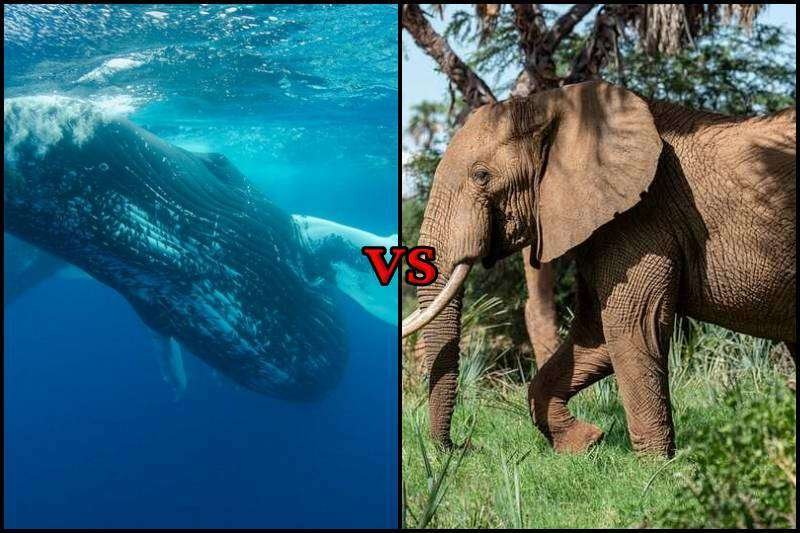
| Characteristics | Blue Whale | Elephant |
| Length | 72.1 – 108 ft | 10 – 24 ft |
| Height | 15 – 30 ft | 6 – 13 ft |
| Weight | 83.5 – 199 metric tons | 2 – 7 metric tons |
| Power / Strength | Can move 27215.5kg or more through water | Can carry up to 3650kg |
| Diet | Krill, plankton, crustaceans, fish | Vegetation, grass, flowers, fruits |
| Lifespan | 80 – 90 years | 60 – 80 years |
| Natural Predators | Killer whales | Lions, hyenas, wild dogs, crocodiles |
Key Differences between Blue Whale vs Elephant
Blue whale (Balaenoptera musculus) is the largest marine mammal, living in the deep sea. Its astounding size is unprecedented in the history of the world, making it the biggest animal to have ever lived on this planet. The blue whale is not only the largest and one of the heaviest, but it is also the loudest animal in the world.
Elephants, on the other hand, are the largest land mammals. They fall under Family Elephantidae and currently have only three living species left in the world, namely the African Bush Elephant (Loxodonta africana), the African Forest Elephant (Loxodonta cyclotis), and the Asian Elephant (Elephas maximus). Among them, the African Bush Elephant is the largest in size.
Comparing these two giant animals correctly is only possible by looking into the fundamental differences between their individual species. These key differences include their sizes, power or strength, diet, lifespans, and natural predators.
Blue Whale vs Elephant: Size
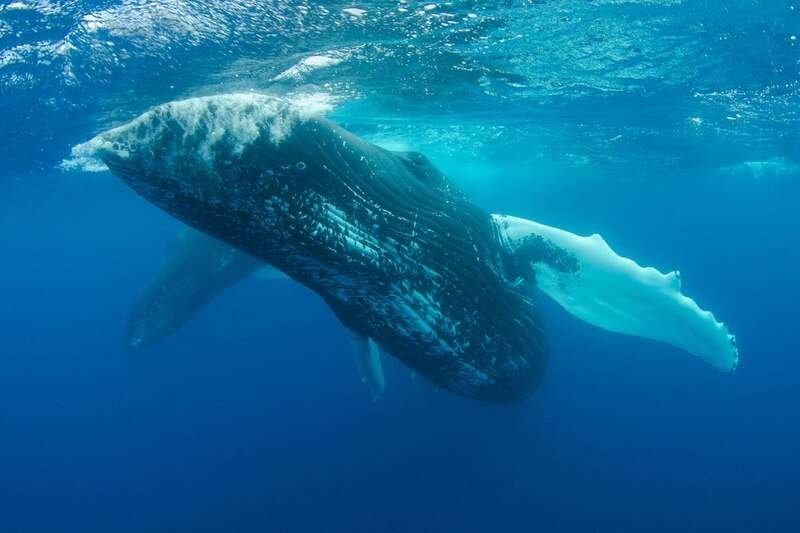
As mentioned before, they are both the largest in their own ecosystem, but blue whales, in general, are far larger than elephants. The length of a blue whale is somewhere around 72.1 – 108 ft, though most blue whales are found to be between 80 – 100 ft.
The height of a blue whale can also vary, being as high as 15 – 30 ft. As for weight, an average-sized blue whale can weigh somewhere between 83.5 – 199 metric tons.
Elephants, in comparison, are much smaller and lighter than blue whales. Regardless of species, an elephant is 10 – 24 ft in body length with a height of 6 – 13 ft.
Out of these, the African Bush Elephant has the highest numbers while the lowest belongs to the African Forest Elephants. The size of an Asian Elephant is somewhere in between. Depending on the species, the weight of an elephant can be between 2 – 7 metric tons.
Blue Whale vs Elephant: Power / Strength
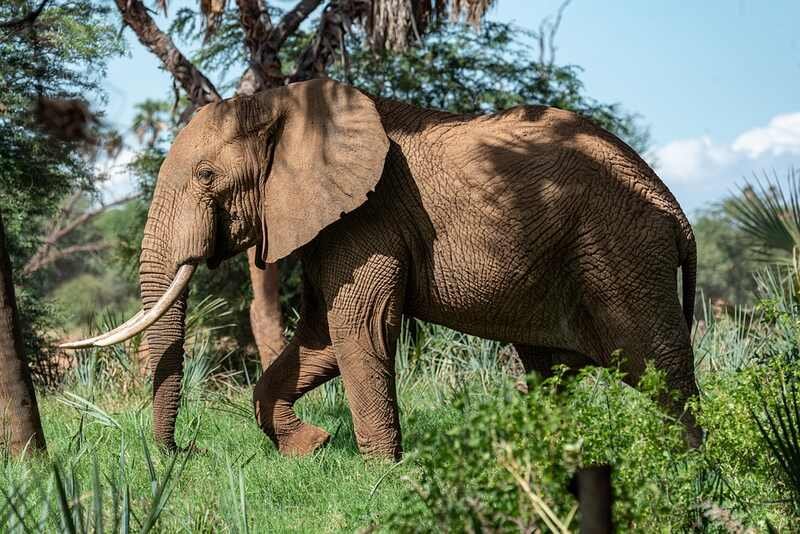
Power or strength can depend on a lot of things and always doesn’t translate into brute strength or hunting powers. There are many ferocious and powerful animals in the world, like rhinos, lions, tigers, crocodiles, gorillas, and such, who show their strength in different kinds of ways. The same goes for blue whales and elephants too. Their strength comes in various forms but can be comparable in situations.
Blue whales’ enormous size and massive weight are reasons for their tremendous strength. A blue whale can move 30 tons at minimum in the water. They can also move through the water at the speed of 23 miles per hour and generate a horsepower of 600, which is more than the average horsepower generated by a sports car.
Elephants are not only the largest terrestrial mammals, but they are also the strongest ones. An example of their strength would be how easily they can uproot a large, fully-grown tree. They can also carry a considerable load. Their carrying capacity goes up to 14,000 lbs or 3,650 kg (4 tons).
An elephant’s main strength comes from its trunk, which has 40,000 muscles made from more than 1,50,000 muscle fibers. The trunk also lacks any bones or cartilage and has tiny fat percentage.
An elephant can use its trunk to spray almost a gallon of water at high force. An elephant’s trunk is not only powerful, but it is also useful for a minute and delicate act.
Blue Whale vs Elephant: Diet
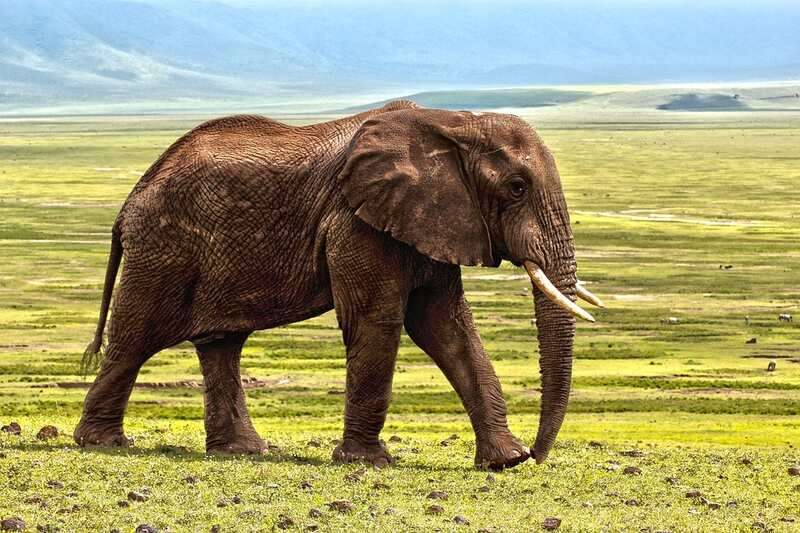
Blue Whale is one of the baleen whales, meaning that they don’t have teeth. They practice filter feeding with their baleens. Their primary diet is krill, along with other small deep sea creatures like zooplanktons, crustaceans, and small fish.
Elephants are herbivores and utterly dependent on vegetation for their food. They eat a variety of vegetation, including grass, fruits, and flowers.
Blue Whale vs Elephant: Lifespan
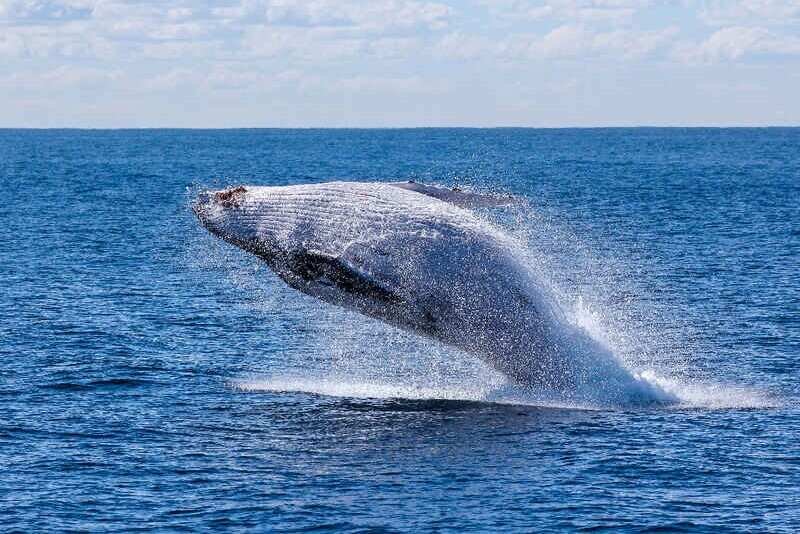
Because of their gigantic size and deep-sea habitat, blue whales are difficult to study properly under observation. Their wide lifespan also adds to this problem.
But from the data collected by scientists as of yet, the average lifespan of a blue whale is somewhere around 80 – 90 years. But the data may change in the future when they can be more accurately observed.
In that regard, observing the lifespan of an elephant is easy because of their ex-situ conservation and domestication in certain countries. An African bush elephant lives for 70 – 75 years, while the African forest elephants live for 60 – 70 years. The lifespan of Asian elephants is slightly longer than their counterparts, spanning 60 – 80 years.
Blue Whale vs Elephant: Natural Predators
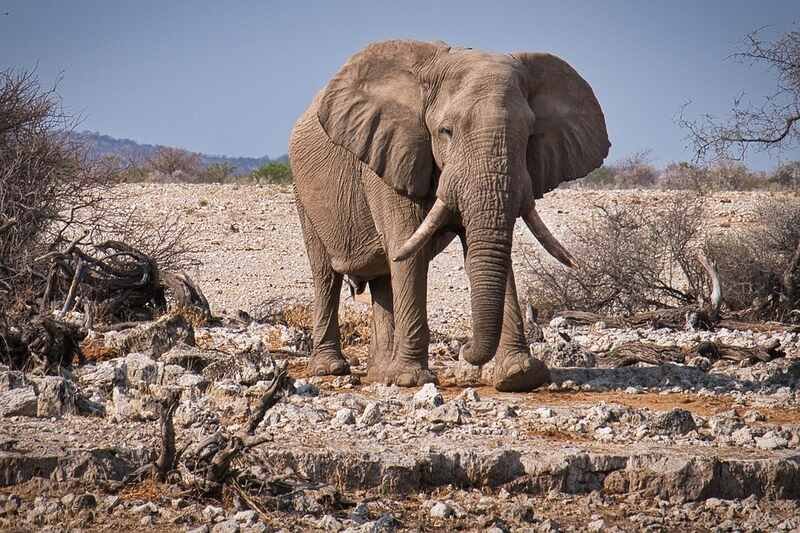
Since they are the biggest in their own ecosystems, blue whales in the sea and elephants on land, they do not have a lot of natural predators. They are also not renowned predators since elephants are herbivores, and blue whales can only eat krill and such.
Preying on such large animals who are unparalleled in size needs to be done in groups. Only by group effort can be subduing animals of such stature can be possible. And the few natural predators, blue whales and elephants, have applied the same method.
Blue whales only face one natural predator in the sea, and that is the killer whale or orca (Orcinus orca). Killer whales are not actually whales but dolphins, who are the apex predators of the sea.
Killer whales are very aggressive and come in teams to gang up against their largest prey. Blue whales, comparatively, are mild-natured and fall prey to killer whales.
Elephants also do not have a lot of natural predators. Some of their predators include lions, hyenas, wild dogs, and crocodiles. Lions (Panthera leo), hyenas, and wild dogs (Lycaon pictus) are all carnivores and ferocious predators.
They hunt in groups and attack elephants. Crocodiles, on the other hand, are opportunistic predators. They don’t hunt in groups but wait in silence as unknowing elephants visit waterbodies. Their bite is very powerful and lethal for the elephants, whose heavy weight negatively affects the speed of their movements.
We haven’t specified humans as the natural predators for blue whales and elephants. That’s because while humans have their share in causing destruction to these huge animals, it is not done for food or other natural reasons.
Conclusion
So, by the detailed comparison we did between blue whales vs elephants, it turns out that blue whales, indeed, are the stronger competitor. Their gigantic size is not only for show, but it contributes hugely to their strength. Elephants are in no way weak and are the strongest land mammals, but this time, they fall behind their marine friends.
This is it for now. Go visit our website for more interesting content about the animal kingdom like this.
References
Africa Freak, Baleines en direct, The National Wildlife Federation, AZ Animals
Also Read:
Anamika has a fascination with all living things. Being a Zoology student, she loves to know new interesting things about animals. She’s also a very keen fan of manga and anime. Writing is her passion, and writing about her favorite things is her boost of serotonin.
